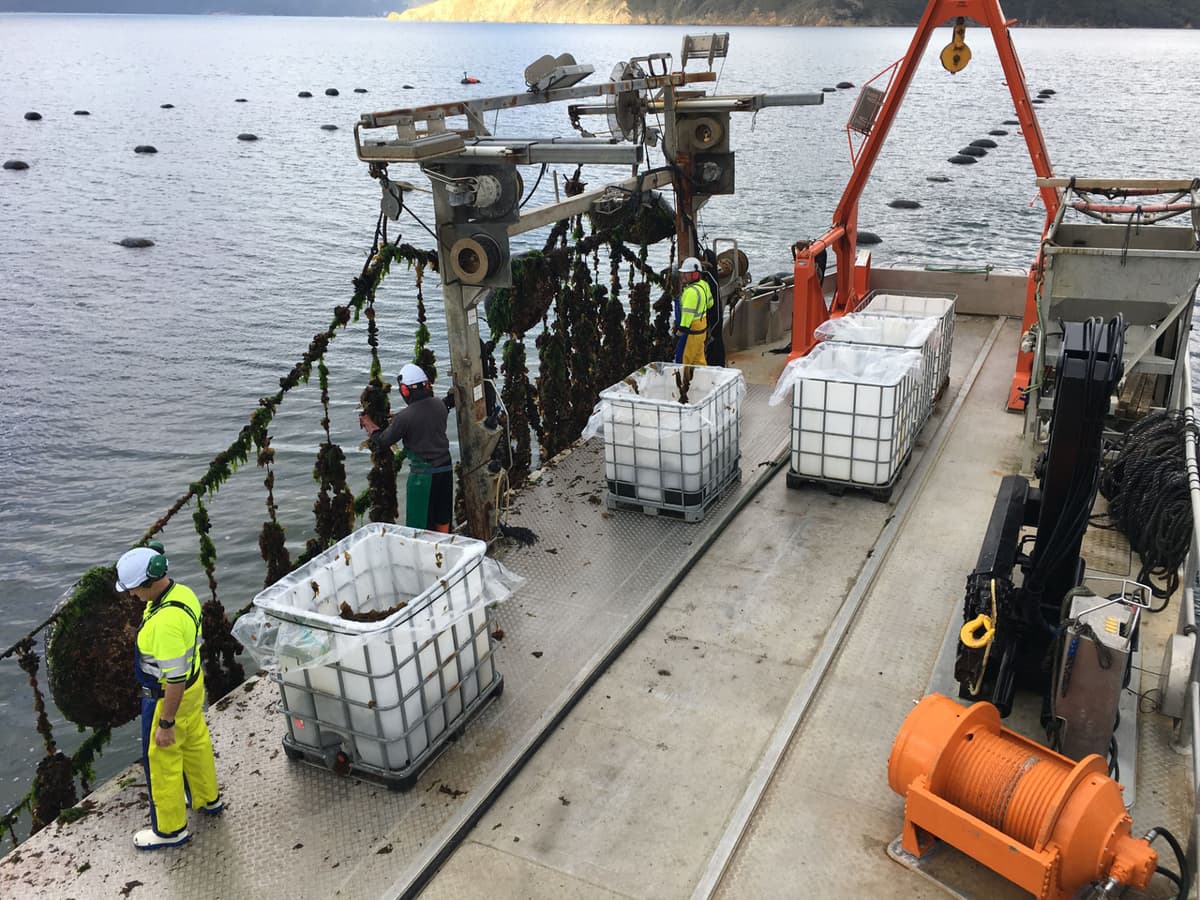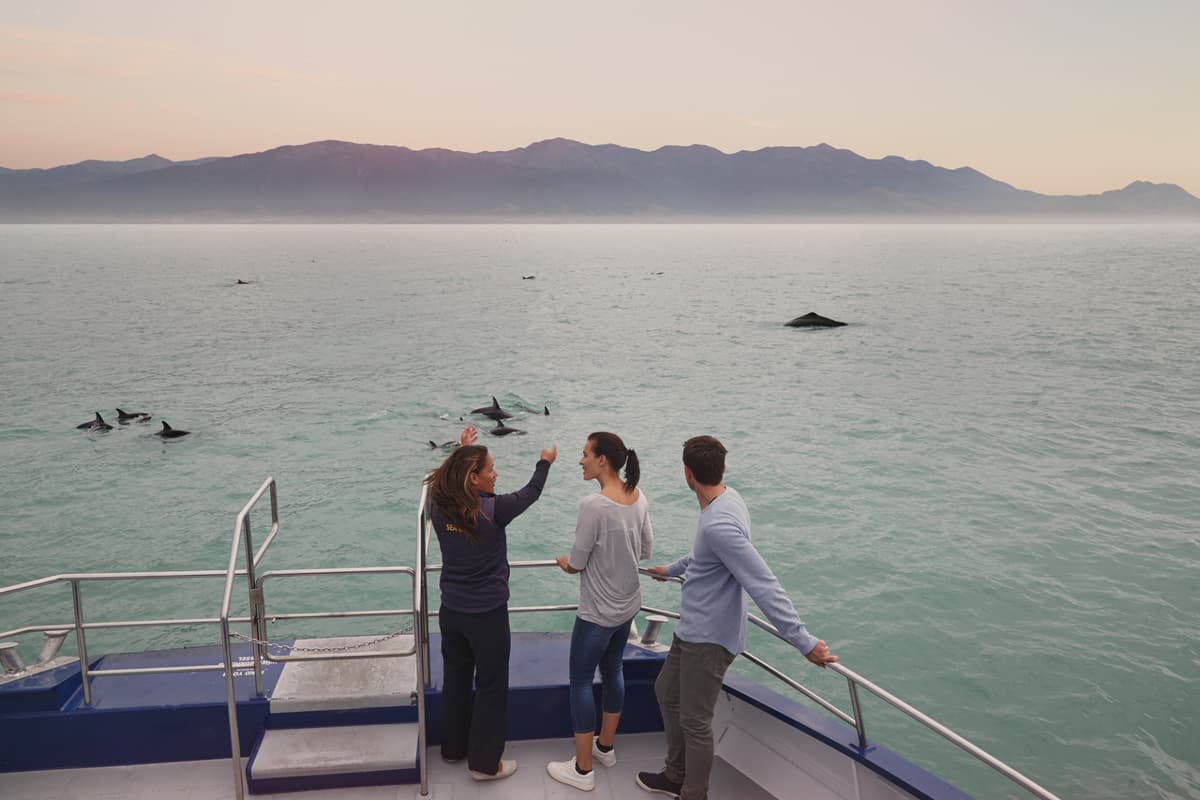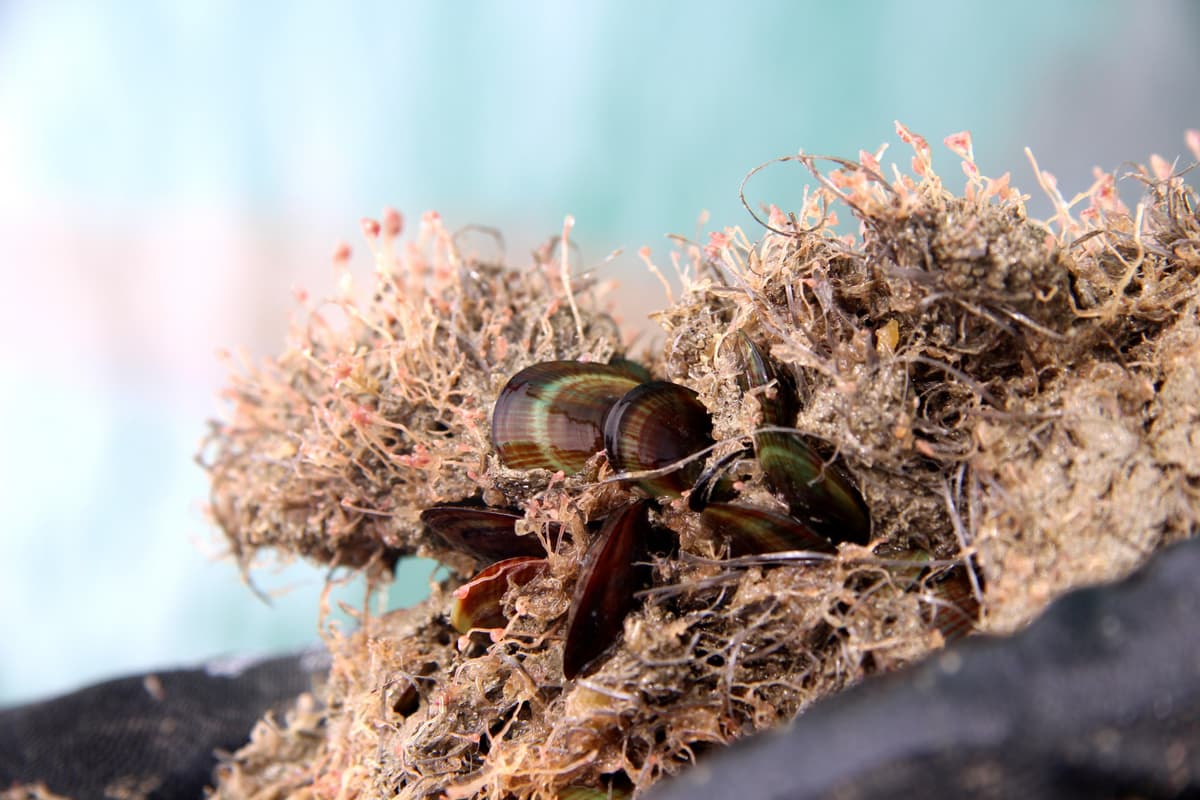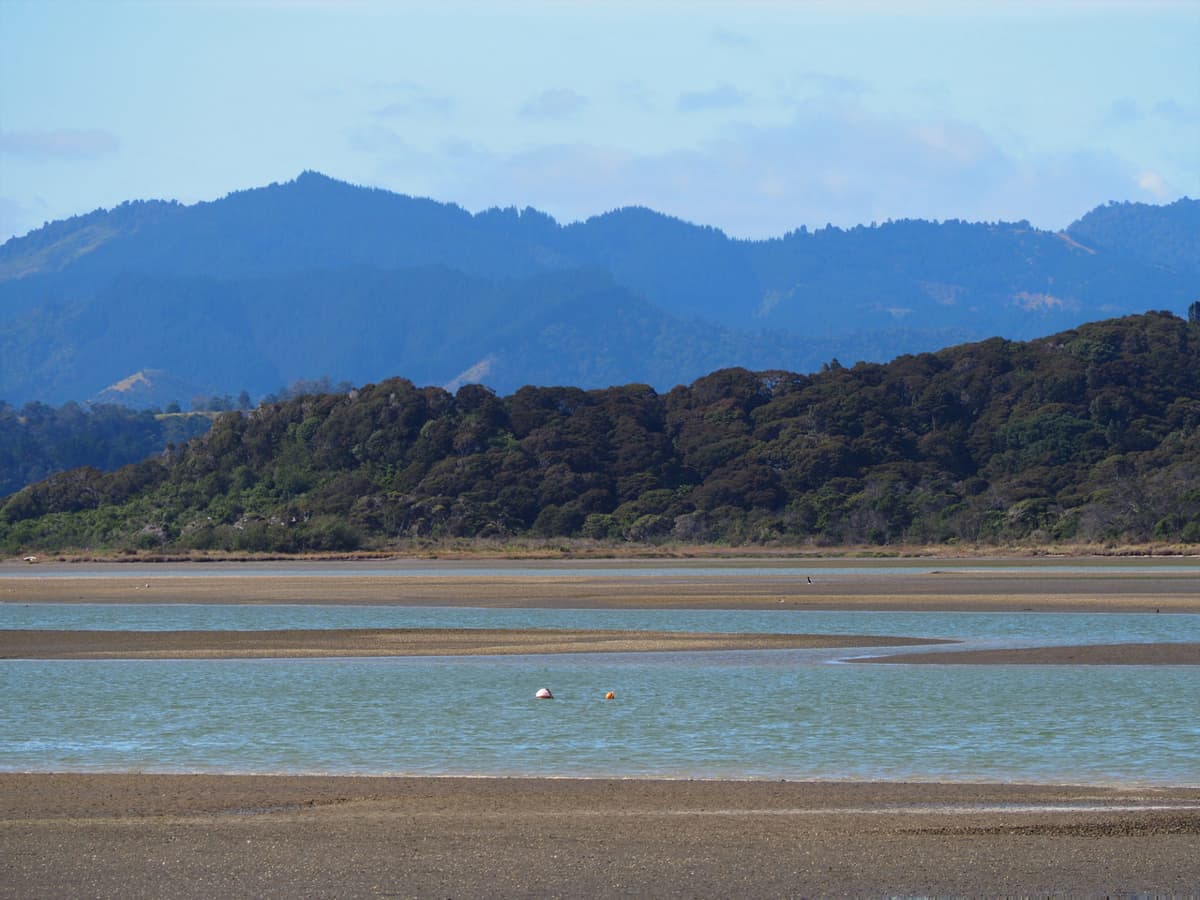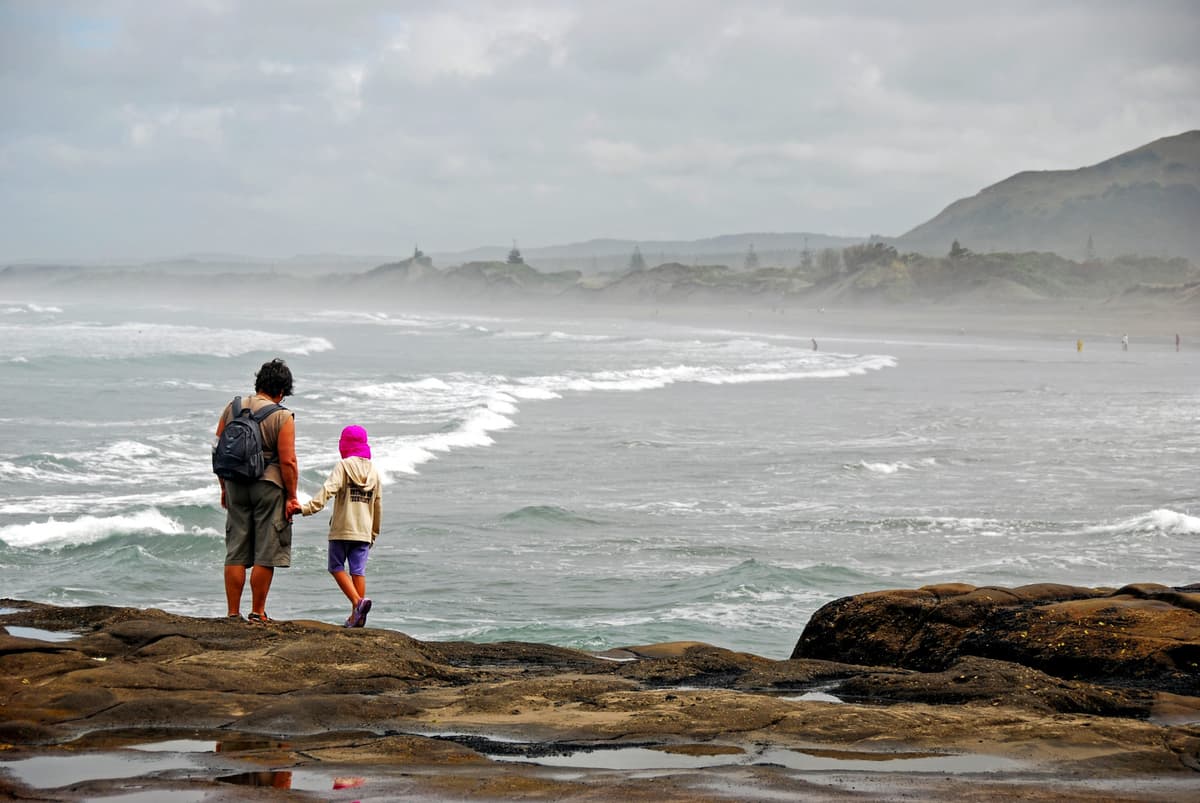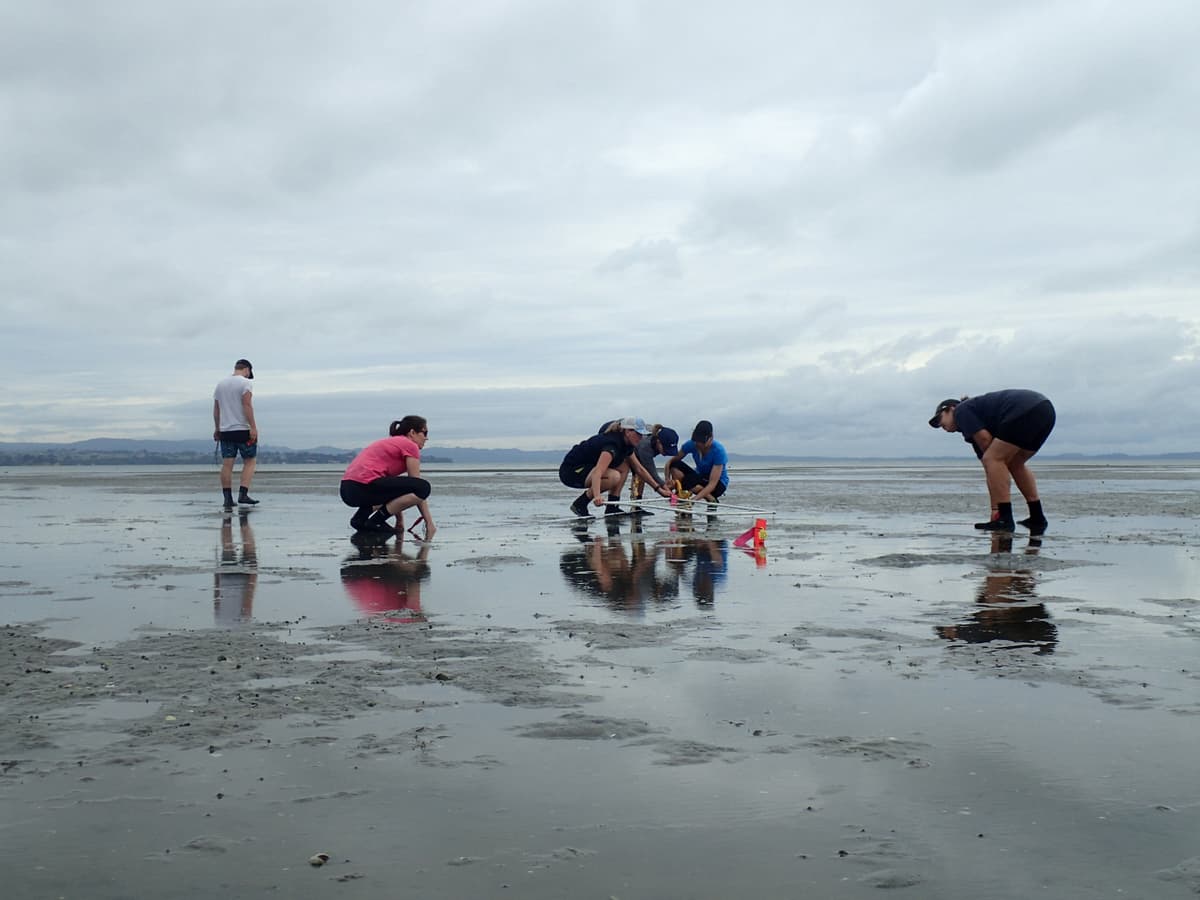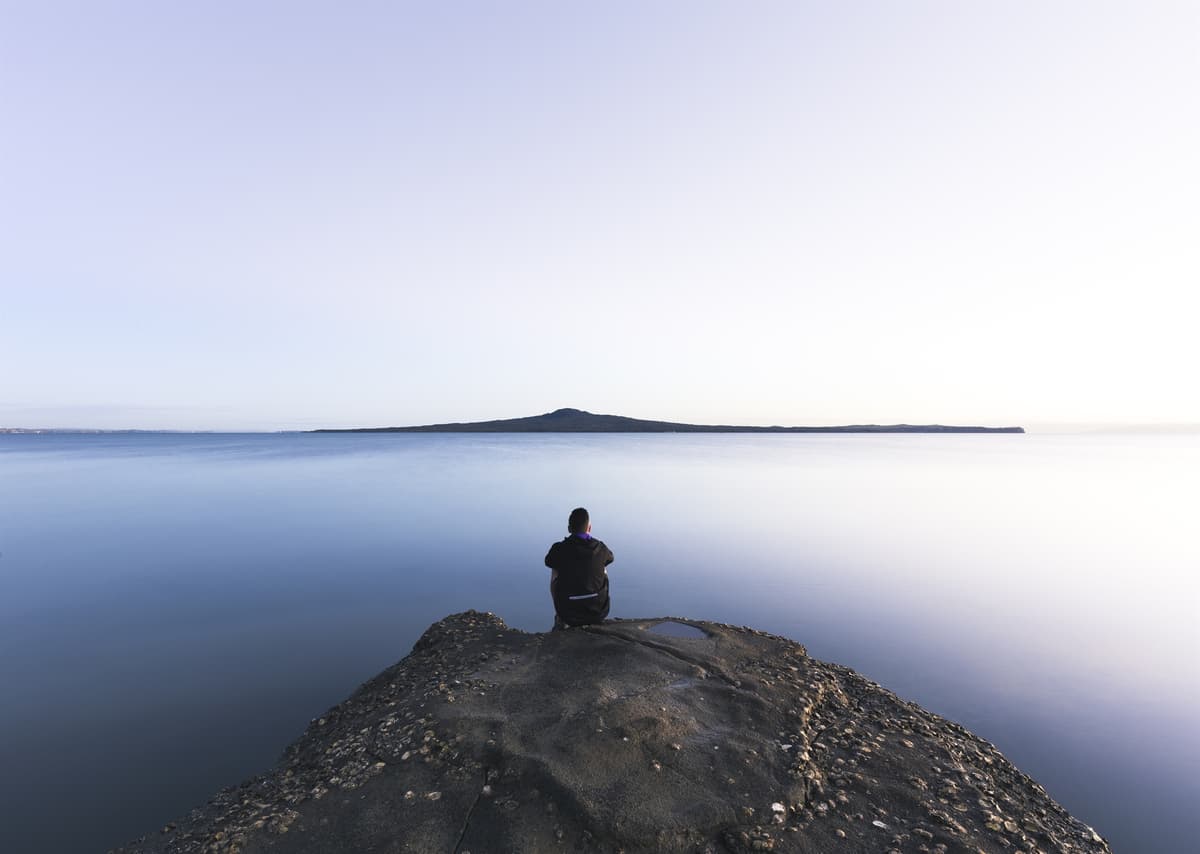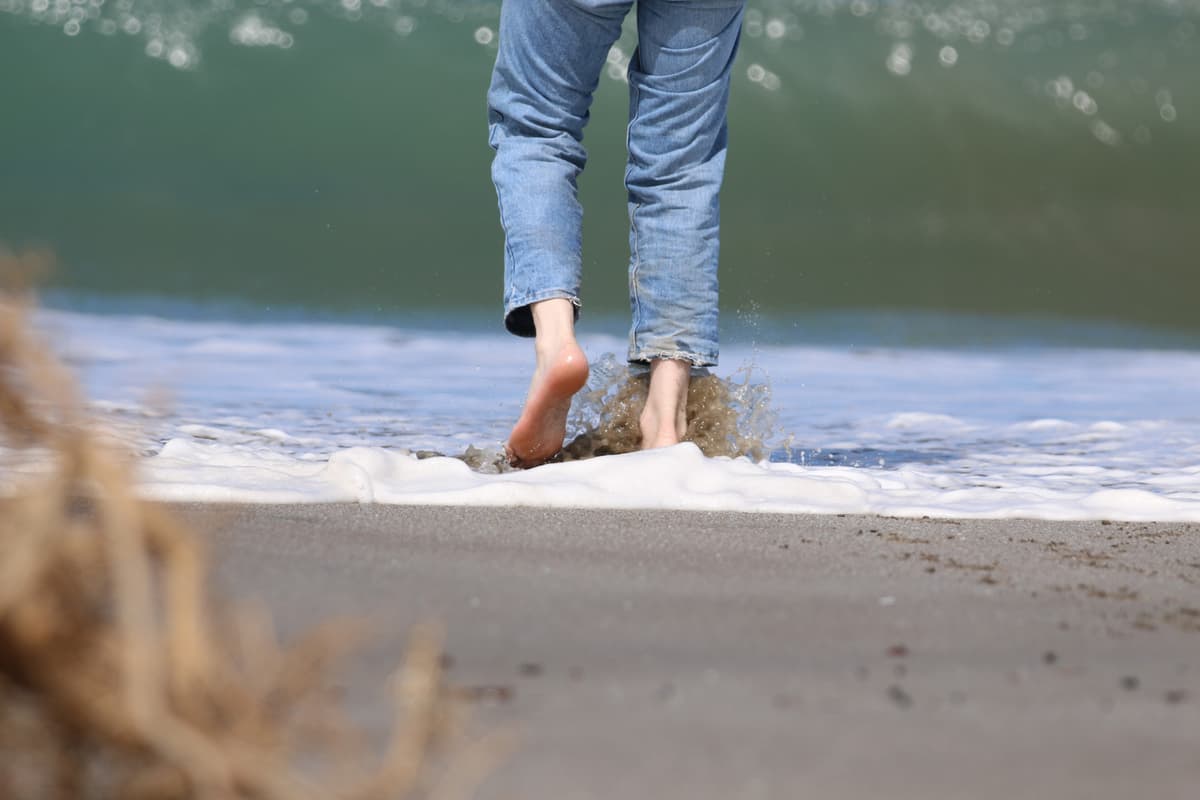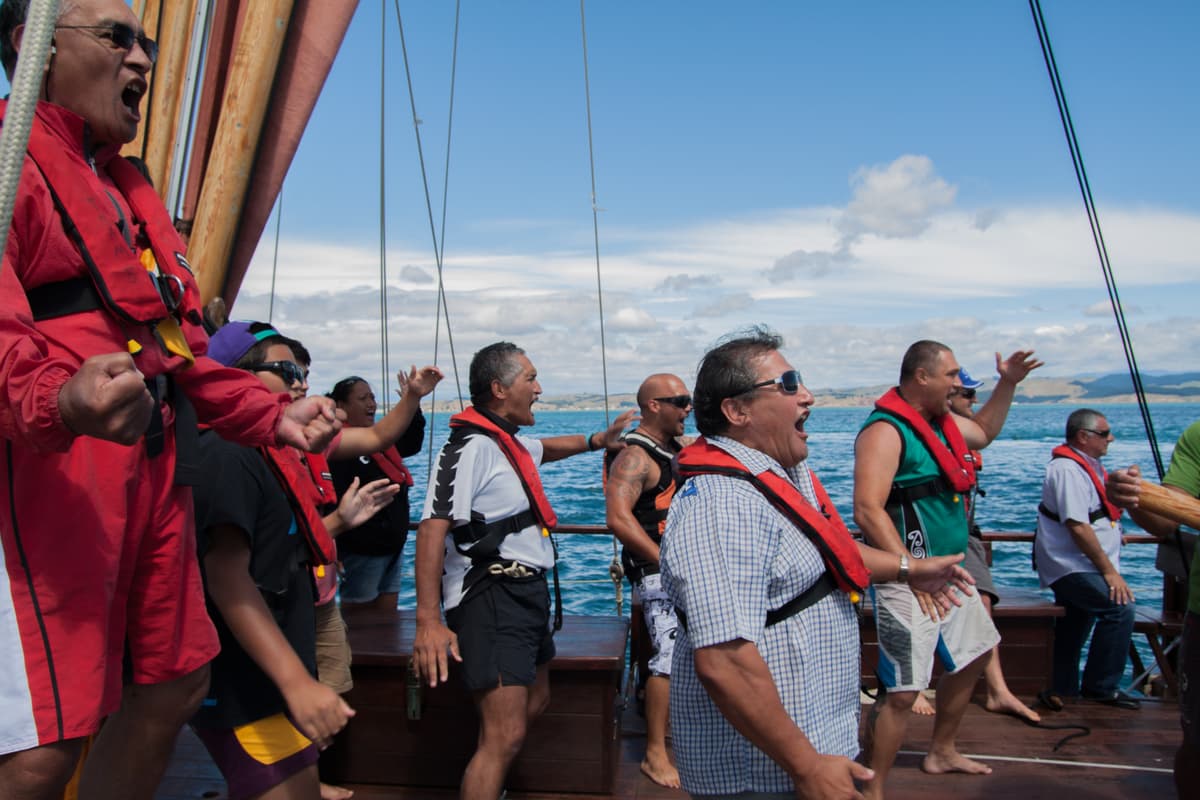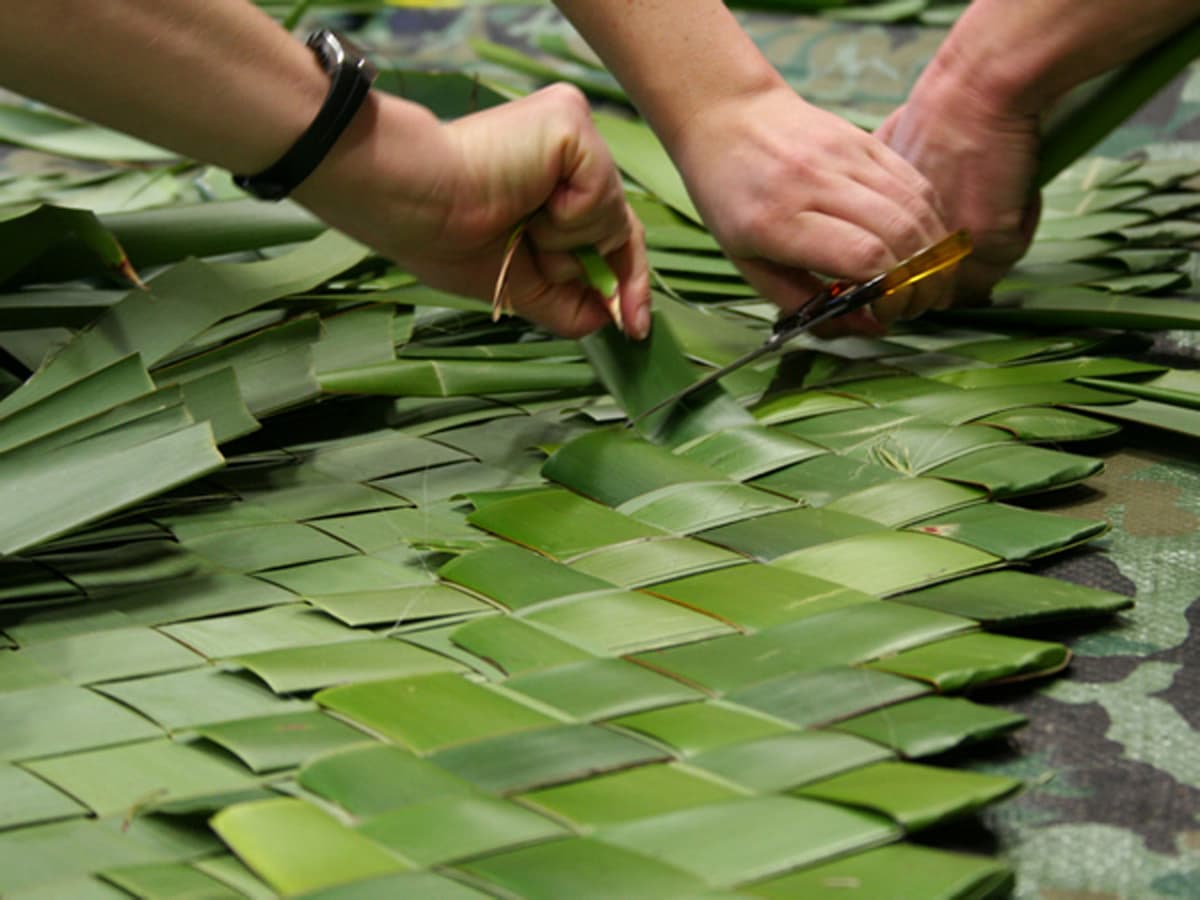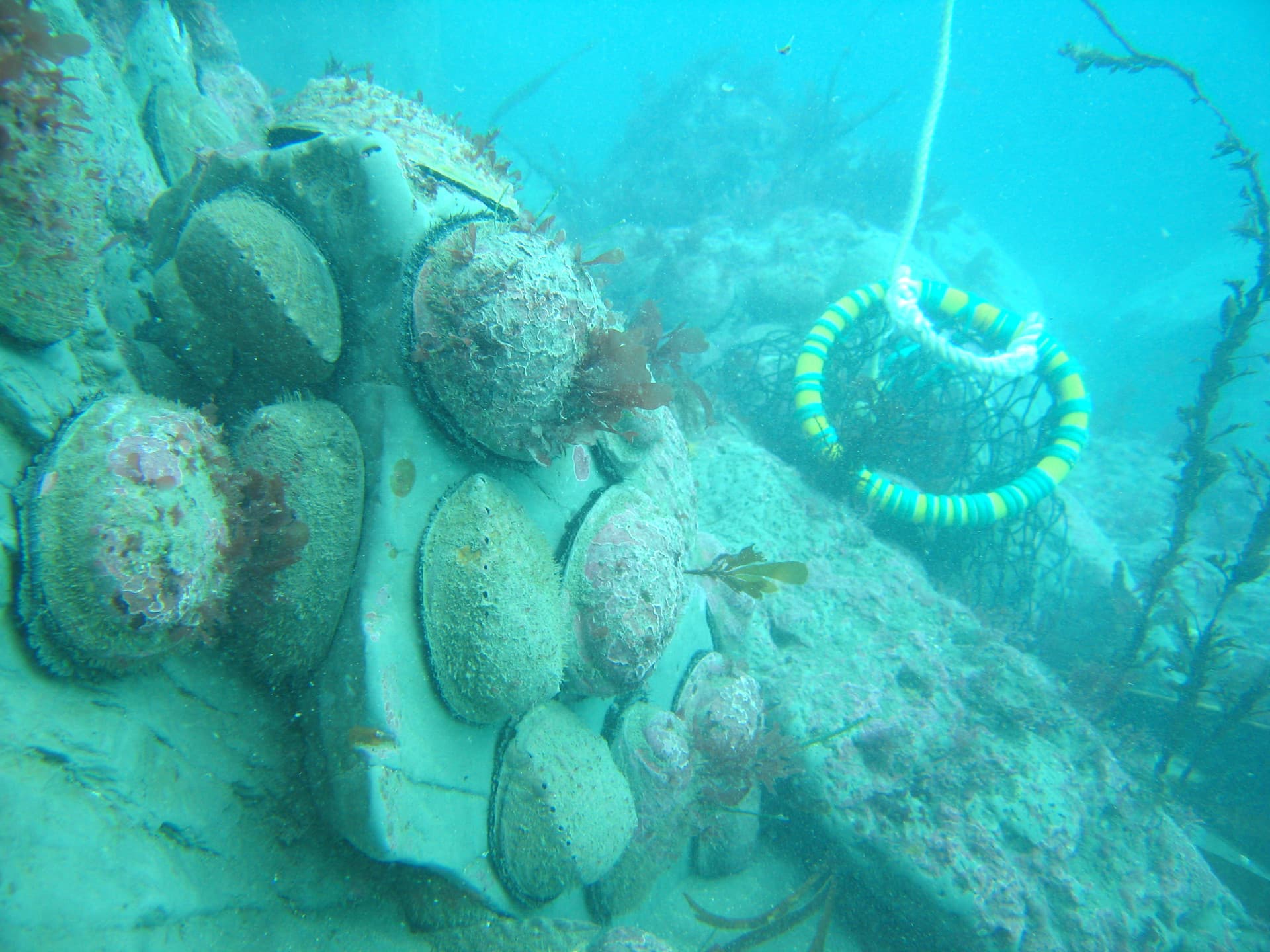

Exploring what pāua fishery investors (quota owners, divers, processors etc) need to know to have the confidence to invest; and the relationship between risk, quota valuation and management responses
| Project Leader | Duration | Budget |
|---|---|---|
| Stephen FitzHerbert (NIWA), Katherine Short (Terra Moana) & Tony Craig (Terra Moana) | November 2021 – June 2023 | $325,000 |
In these rapidly changing times, socially, economically and environmentally, it is essential to bring all that we can of our knowledge of science, social justice and sustainable finance to underpin rural economies and the ecosystems they depend upon.
Uniquely, this project brings together recent advances in marine science sedimentation and climate change knowledge with Māori pāua quota owners, sustainable finance, and pāua fishery management.
Using these recent marine science advances the project will include looking at the risks to the rural pāua fishery infrastructure from climate related sea level rise and storms i.e. boat ramps, wharves and roading.
With respect to the focal Wairarapa Pāua fishery (PAU2), it is imperative to uphold its value to local communities, to quota owners and to the markets that prize it as a delicacy through:
Tailored, nested management responses at various scales are essential given pāua is a sedentary coastal species. This is relevant from the fishery through to local landowners, and regional council catchment management.
With a focus on sedimentation and climate change the project is:
This mahi extends along the east coast of Te Ika-a-Māui from Southern Hawke’s Bay through the eastern border of Manawatū-Whanganui to Wairarapa.
For more information, contact Katherine Short
katherine@terramoana.co.nz 022 108 3536
Stephen FitzHerbert (NIWA)
Katherine Short (Terra Moana)
Tony Craig (Terra Moana)
Dean Spicer (ANZ)
Christine Smith (independent finance analyst)
Tom McCowan (Pāua Industry Council)
Tom McClurg (Toroa Strategy)
Vonda Cummings (NIWA)
Melanie Mayall-Nahi (NIWA)
Webinar: Resilience of pāua fisheries to environmental change
This project has produced or contributed to:
